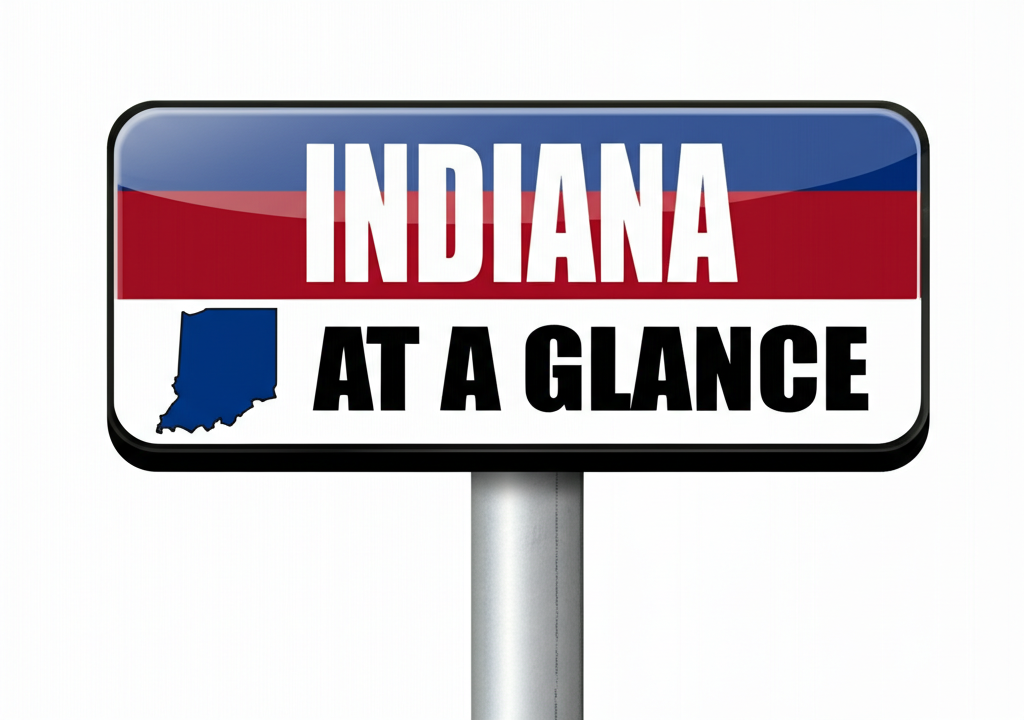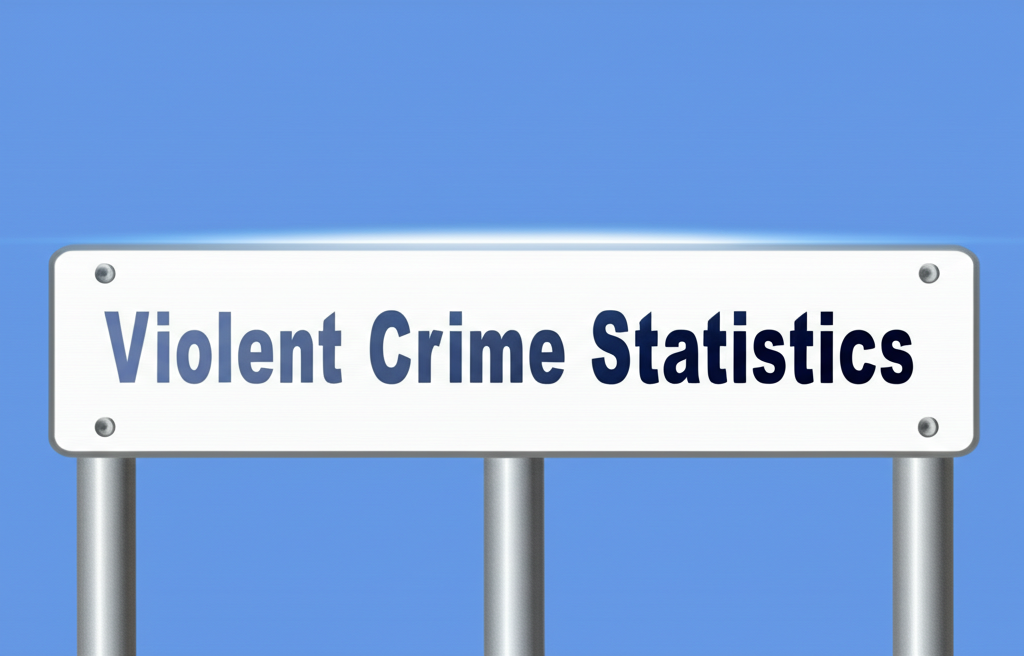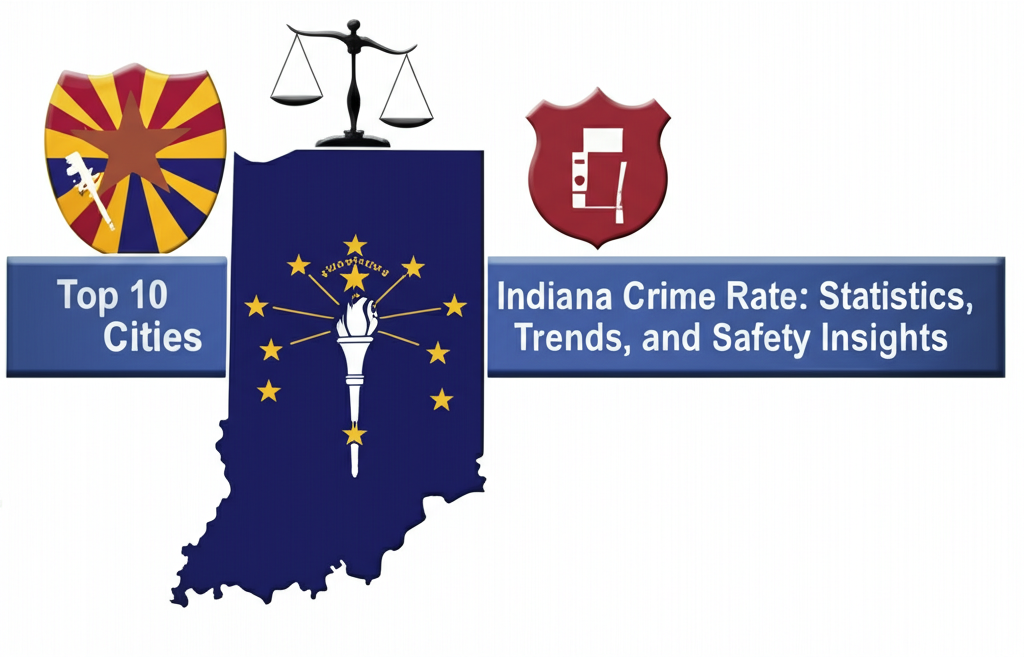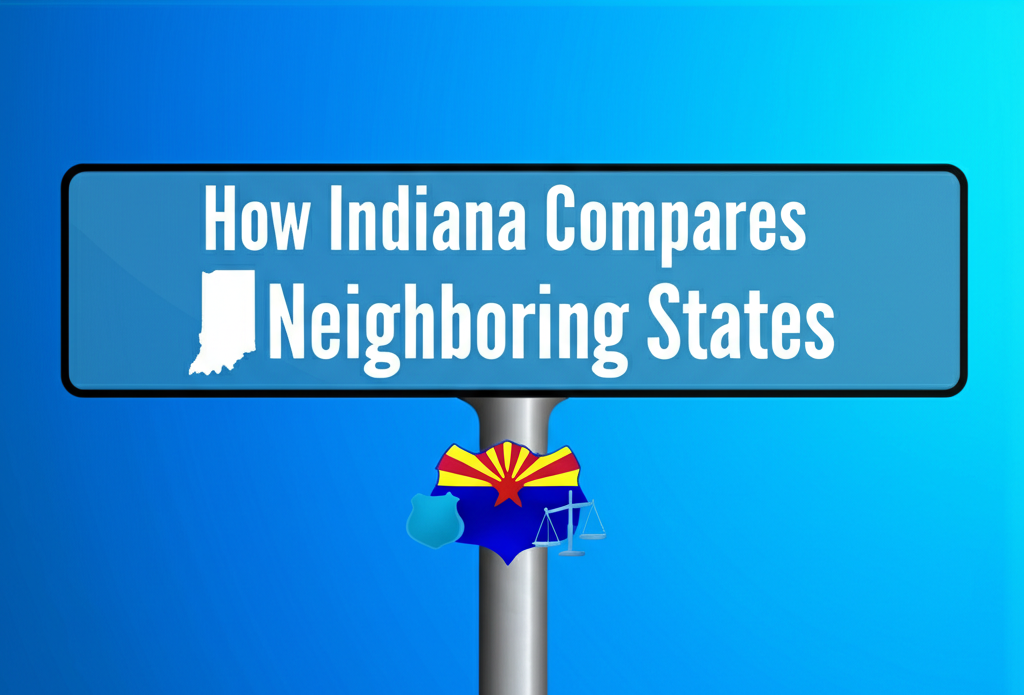Indiana Crime Rate: Statistics, Trends, and Safety Insights
Understanding crime in Indiana requires examining both statewide patterns and local variations. The state’s statistics reveal a complex picture, with urban areas experiencing higher crime rates while rural communities often remain relatively safe. Violent crime accounts for about 18% of all offenses, while property crime makes up the majority at 82%.
While Indiana maintains lower overall crime rates than national averages, certain offenses occur more frequently in specific regions. The contrast between Indianapolis’ crime patterns and those in smaller cities highlights how geography impacts safety across the state. This introduction provides context for examining Indiana’s crime data more closely in the sections that follow.

Indiana Crime Rates at a Glance
Looking at Indiana’s crime statistics through both the Uniform Crime Reports and National Incident-Based Reporting System reveals important patterns. In 2023, the state recorded 128,699 total crimes, with violent offenses accounting for 22,794 incidents and property crimes making up the majority at 105,905 cases.

When calculated per 1,000 residents, Indiana’s overall crime rate stands at 18.75 – better than national averages. The state’s violent crime rate (3.32) and property crime rate (15.43) both fall below U.S. medians, showing Indiana maintains relatively good safety standards compared to other states.
Breaking down the numbers further shows theft as the most common crime (10.89 rate), while assault dominates violent offenses (2.52 rate). The chances of becoming a victim stand at 1 in 301 for violent crime and 1 in 65 for property crime.
- Total crimes reported: 128,699
- Violent crimes: 22,794
- Property crimes: 105,905
- Crime rate per 1,000 residents: 18.75
| Crime Type | Indiana Rate | U.S. Rate |
|---|---|---|
| Violent Crime | 3.32 | 4.0 |
| Property Crime | 15.43 | 19.0 |
Violent Crime Statistics in Indiana
Examining violent crime in Indiana through FBI data reveals assault as the most common offense, with 17,297 reported cases in 2023 – a rate of 2.52 per 1,000 residents. More severe crimes show concerning patterns, with robbery occurring at a rate of 0.40 per 1,000 and homicide accounting for 386 incidents (0.06 rate).

The state’s rape rate (0.34) falls slightly below the national average (0.38), while overall violent crime rates are better than U.S. medians. Residents face a 1 in 301 chance of experiencing violent crime, with assault representing about 76% of all violent offenses in Indiana.
What stands out in the data? While Indiana’s violent crime rates are generally below national levels, certain urban areas see higher concentrations of incidents. This suggests safety varies significantly between different communities across the state.
- Total violent crimes: 22,794
- Chances of becoming a victim: 1 in 301
| Crime Type | Reported Cases | Rate per 1,000 |
|---|---|---|
| Homicide | 386 | 0.06 |
| Rape | 2,338 | 0.34 |
| Robbery | 2,773 | 0.40 |
| Assault | 17,297 | 2.52 |
Property Crime Statistics in Indiana
Examining property crime in Indiana reveals that theft dominates the statistics, with 74,753 reported cases in 2023 – a rate of 10.89 per 1,000 residents. While this might seem high, it’s actually lower than the national average of 13.47. Burglary occurs less frequently at 14,979 cases (2.18 rate), while motor vehicle theft stands at 16,173 incidents (2.36 rate).

These numbers show Indiana residents have about a 1 in 65 chance of experiencing property crime. The state’s overall property crime rate of 15.43 per 1,000 falls below the national median of 19.0, making Indiana safer than average for these types of offenses.
What stands out in the data? While theft rates are better than national averages, vehicle theft occurs more frequently in Indiana (2.36 rate) compared to burglary (2.18 rate). This suggests car owners should take extra precautions in certain areas.
- Total property crimes: 105,905
- Chances of becoming a victim: 1 in 65
| Crime Type | Reported Cases | Rate per 1,000 |
|---|---|---|
| Burglary | 14,979 | 2.18 |
| Theft | 74,753 | 10.89 |
| Motor Vehicle Theft | 16,173 | 2.36 |
Crime Density in Indiana
Looking at Indiana’s crime density reveals the state averages 20 crimes per square mile – significantly better than the national median of 26.5. This measurement helps explain why urban areas feel less safe despite Indiana’s relatively low per-capita crime rates.

The concentration of incidents primarily occurs in metropolitan regions, particularly Indianapolis and its suburbs, where population density creates more opportunities for criminal activity. Rural parts of the state experience significantly lower crime concentrations, with some areas reporting fewer than 5 crimes per square mile.
What does this mean for residents? While Indiana’s overall crime rates are better than national averages, the uneven distribution means safety varies dramatically between city neighborhoods and small towns. Understanding these geographic patterns helps explain why crime experiences differ across the state.
- Indiana: 20 crimes per square mile
- National median: 26.5 crimes per square mile
Top 10 Safest Cities in Indiana
For those prioritizing public safety, Indiana offers several communities with exceptionally low crime rates. These safest cities benefit from strong community ties and effective law enforcement, creating environments where residents can feel secure.

Topping the list is Birdseye, a small town with virtually no reported violent crime. Other standout communities include Boston along the Ohio River and Brookston in White County. These towns share common traits like small populations and tight-knit neighborhoods that help deter criminal activity.
What makes these cities particularly safe? Most feature populations under 2,000 residents, where everyone knows their neighbors and watches out for suspicious activity. While no place is completely crime-free, these locations demonstrate Indiana’s ability to maintain peaceful living environments away from urban crime hotspots.
- Birdseye
- Boston
- Brookston
- Bruceville
- Bryant
- Buffalo
- Center Point
- Clarksburg
- Crandall
- Ashley
Popular Cities and Their Crime Rates
Examining crime trends across Indiana’s most popular cities reveals significant variations in safety. Indianapolis, as the state capital and largest city, experiences higher urban crime rates typical of major metropolitan areas, while suburban communities like Carmel and Fishers benefit from lower crime rates.

Mid-sized cities show mixed safety profiles – Fort Wayne maintains moderate crime rates through community policing initiatives, while Gary and Hammond face greater challenges with both violent and property crimes. College towns like Bloomington and Lafayette show unique crime patterns influenced by student populations.
What makes these differences? Factors like economic conditions, police staffing levels, and community engagement all contribute to each city’s unique crime landscape. While no urban area is completely crime-free, understanding these patterns helps residents make informed decisions about safety.
- Indianapolis
- Fort Wayne
- Evansville
- South Bend
- Carmel
- Fishers
- Bloomington
- Gary
- Hammond
- Lafayette
How Indiana Compares to Neighboring States
Looking at regional crime comparison data from the Bureau of Justice Statistics, Indiana maintains a favorable safety position among its neighbors. The state’s violent crime rate of 3.32 per 1,000 residents compares well against Illinois (3.10), Ohio (3.45), and Wisconsin (3.28).

For property crimes, Indiana’s rate of 15.43 per 1,000 residents shows similar regional patterns – lower than Ohio’s 16.20 but slightly higher than Wisconsin’s 15.10. What makes Indiana stand out? The state combines urban safety initiatives with rural community policing approaches that help maintain this balanced regional position.
While no state is completely crime-free, Indiana’s consistent performance suggests its law enforcement strategies are effectively addressing criminal activity compared to nearby states.
| State | Violent Crime Rate | Property Crime Rate |
|---|---|---|
| Indiana | 3.32 | 15.43 |
| Illinois | 3.10 | 17.20 |
| Ohio | 3.45 | 16.20 |
| Wisconsin | 3.28 | 15.10 |
Indiana Crime Data Methodology and Sources
The crime statistics in this report come from the Federal Bureau of Investigation’s Uniform Crime Reports program, representing the most comprehensive crime data available nationwide. The data methodology involves sophisticated analysis that accounts for reporting gaps and inconsistencies across jurisdictions.

Researchers examine relationships between millions of crime reports, including precise location data for about 2 million incidents. Annual updates incorporate new information while maintaining consistency with historical trends, allowing for reliable year-to-year comparisons. Advanced techniques fill information gaps when some agencies don’t report data.
What makes this system trustworthy? It doesn’t just collect raw numbers – the analysis adjusts for population differences, examines reporting patterns, and uses geocoding to verify incident locations. This creates a more accurate picture of crime than simple arrest reports or individual police department statistics could provide.
- Data sourced from 18,000 local law enforcement agencies
- Annual updates with the latest FBI data
- Meta-analysis addressing reporting errors
Conclusion
In wrapping up our exploration of Indiana’s crime landscape, it’s clear that while the state faces challenges with violent crime and property offenses, its overall crime rates remain below national averages. The data, sourced from the Federal Bureau of Investigation and analyzed through the Uniform Crime Reports and National Incident-Based Reporting System, underscores the importance of law enforcement and criminal justice in maintaining public safety.
Indiana’s approach to addressing crime, from urban centers to rural communities, reflects a broader commitment to justice and security. Yet, the disparities in crime density across the state highlight ongoing social issues and the need for targeted interventions. As we consider the causes of injury and deviance within society, Indiana’s statistics offer valuable insights into the effectiveness of current policies and the potential for future improvements in crime prevention and emergency services.




